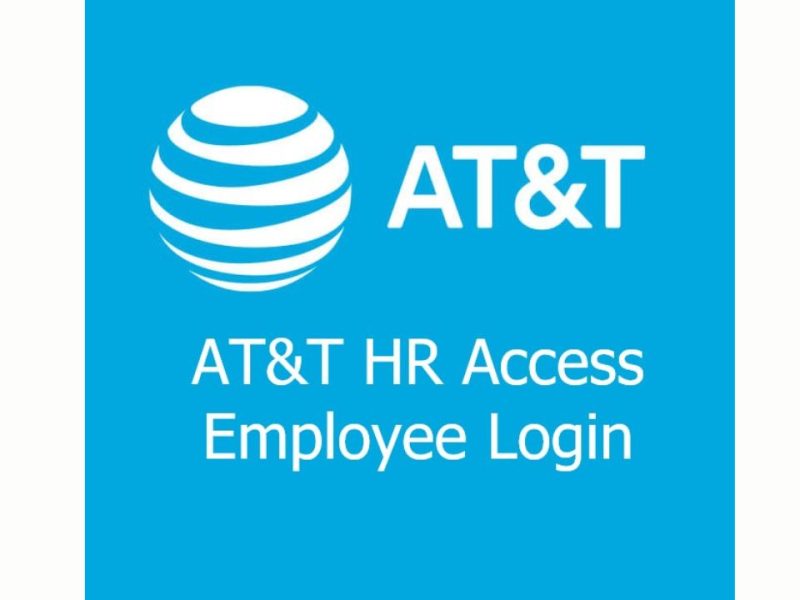Fleet maintenance expenses are an inevitable aspect of managing a fleet, but they need not be exorbitant. Employing effective practices for fleet maintenance can significantly reduce your Total Cost of Ownership (TCO). Below are some valuable tips to help you minimize fleet maintenance costs:
-
Deploy cutting-edge GPS fleet management software
Opt for the finest GPS fleet management software available that provides real-time data on fuel consumption, driver locations, and safety. This comprehensive system notifies you of any concerning incidents, such as aggressive driving or vehicle theft. Having a constant overview of your fleet’s performance allows you to identify and resolve inefficiencies, ultimately reducing your TCO.
Also, Discover the advanced fleet management solutions offered by Taabi, delivering comprehensive expertise in optimizing logistics and fleet operations through innovative technology-driven processes.
-
Optimize fleet size
If feasible, consider redistributing your drivers across a smaller fleet. This method is a reliable way to curtail costs. However, it is crucial to strike a balance to ensure that reducing the number of vehicles does not lead to drivers rushing between stops, compromising safety on the road.
-
Opt for shorter routes
Implement GPS routing technology if your fleet does not already have it. This advanced navigation system calculates the fastest route based on real-time traffic data, saving time and money for your team. By reducing time spent on the road, you also decrease wear and tear, which contributes to lower depreciation and repair costs.
-
Upgrade components and parts
Fleet managers frequently replace old vehicle parts with newer, more efficient alternatives to enhance fleet performance. This upgrade not only increases operational efficiency but also reduces the frequency of costly repairs. Although there is an upfront cost involved, the long-term savings on maintenance expenses make it a worthwhile investment.
-
Prioritize fuel efficiency
Fuel expenses represent a significant portion of fleet maintenance costs. While fuel is an unavoidable expenditure, there are ways to minimize it. Firstly, strive for higher average miles per gallon across your fleet. Upgrading vehicle parts can assist in achieving this goal, as can training drivers in fuel-efficient practices.
Secondly, encourage fuel-saving habits such as discouraging idling and hard braking. Drivers should be advised to turn off their ignition and remove their keys when refuelling or taking rest stops. Although each instance of these practices conserves only a small amount of fuel, the cumulative savings can be substantial Free Business Directory.
-
Replace ageing vehicles
There comes a point when operating older vehicles becomes more expensive than the cost of acquiring new ones. Vehicles that require frequent repairs and have inefficient fuel consumption contribute to additional fleet maintenance costs, potentially surpassing the expense of purchasing new vehicles. Conducting financial analyses can help determine the optimal time and the most suitable replacement vehicles for your fleet.
-
Strike a balance between acquisition costs and depreciation
Depreciation, despite being an abstract concept, significantly affects the cost of a new vehicle from the moment of purchase. Some vehicles depreciate rapidly, and although they may have a lower initial purchase price, their long-term costs can surpass those of vehicles with slower depreciation rates.
For instance, consider choosing between a $12,000 vehicle with a 40% annual depreciation rate and a $15,000 vehicle with a 20% annual depreciation rate. Over time, the former’s higher depreciation will result in higher costs compared to the latter. Thus, it is essential to consider all pertinent financial metrics when acquiring new vehicles to keep your TCO low.
-
Minimize off-the-road expenses
Fleet maintenance encompasses more than just vehicles; it also includes the costs associated with storage facilities and non-road operations, such as office and warehouse rents. Lowering these overhead expenses or even eliminating certain unnecessary spaces can have a substantial impact on reducing your long-term TCO.
-
Implement driver scorecards
Driver scorecards provide a means to ensure road safety by assessing driver habits, including speed and seatbelt usage. Beyond ensuring safety, driver scorecards also have applications in fleet optimization and productivity. Implementing driver scorecards across the board can contribute to lowering operational costs and, consequently, reducing your TCO.
-
Regular preventive maintenance
Implementing a proactive approach to fleet maintenance through regular preventive maintenance can save you significant costs in the long run. Schedule routine inspections, oil changes, filter replacements, and other preventive measures to identify and address potential issues before they escalate into major problems. By preventing breakdowns and reducing the need for costly repairs, you can effectively minimize maintenance expenses.
-
Invest in driver training
Well-trained drivers can contribute to reducing fleet maintenance costs. Provide comprehensive training programs that focus not only on safe driving practices but also on proper vehicle handling, maintenance checks, and fuel-efficient driving techniques. Educating your drivers about the importance of proactive maintenance and responsible vehicle operation can lead to fewer accidents, less wear and tear, and lower overall costs.
-
Establish a warranty and repair management system
Keep track of warranties for vehicles and parts, and establish a centralized system to manage repairs. By effectively managing warranties and ensuring timely repairs, you can take advantage of warranty coverage and avoid unnecessary expenses. A streamlined repair management system enables you to address maintenance issues promptly, minimize downtime, and reduce costs associated with extended vehicle inactivity.
-
Optimize inventory management
Maintaining an efficient inventory management system is crucial for reducing fleet maintenance costs. By closely monitoring and controlling your inventory of spare parts and supplies, you can avoid overstocking or running out of critical items. An optimized inventory management system minimizes storage costs, prevents delays in repairs, and enables efficient maintenance operations.
-
Foster open communication with drivers
Establishing open lines of communication with your drivers can provide valuable insights into potential maintenance issues. Encourage your drivers to report any vehicle abnormalities, unusual noises, or performance concerns promptly. Timely reporting can help identify underlying problems early, allowing for timely repairs and cost savings. Additionally, fostering a culture of transparency and communication can promote a proactive approach to maintenance within your fleet.
-
Monitor and analyze data
Leverage the power of data by monitoring and analyzing key performance indicators (KPIs) related to fleet maintenance. Utilize fleet management software to track fuel consumption, maintenance schedules, repair history, and other relevant metrics. By analyzing this data, you can identify patterns, trends, and areas for improvement. Data-driven insights enable you to make informed decisions, optimize maintenance strategies, and reduce costs effectively.
Posted in Technology.



